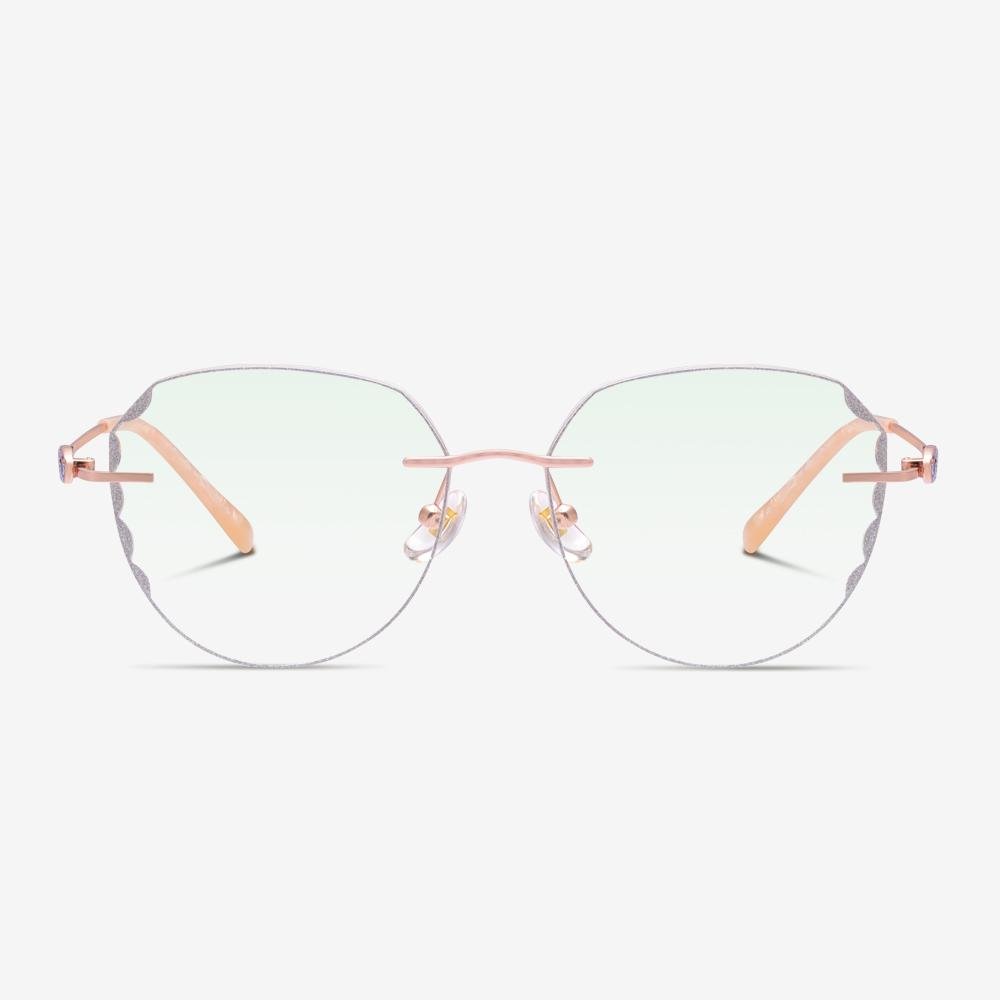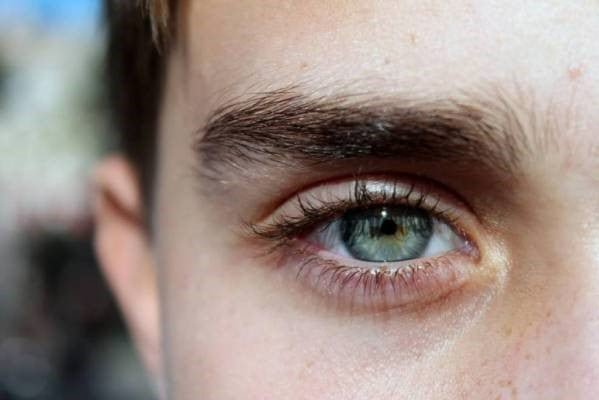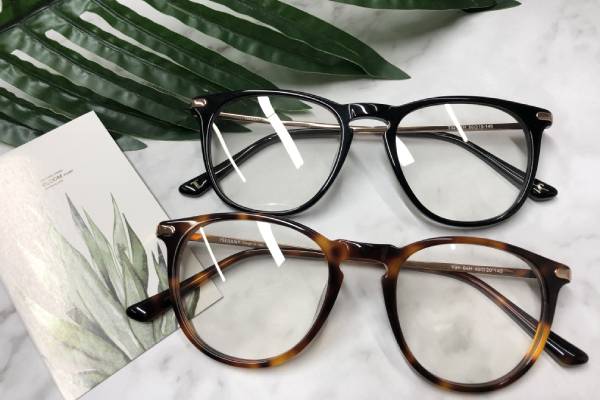What is a qualified plano lens?
First, identify the surface. High-quality products should not have obvious scratches, pitting, edge collapse, sand holes, water ripples, bubbles, and other surface defects. Put glasses next to the place of 33 cm or so at the moment. When looking at the object through glasses, there is no phenomenon that the objects become big or decrescent, and you should not have a feeling that the objects are beating. Otherwise, the quality of the glasses has a problem. Next check through the instrument identification. Finally, check whether the trademark, manufacturer, and quality certificate are true and reliable. The lens of the international famous brand product is often engraved with the manufacturer's trademark, which can be found by careful observation on the edge of the lens.
Where to Buy Long Distance Glasses?
To buy long distance glasses, you can go to the local optical store. Meanwhile, for your convenience, nowadays, you can buy long distance glasses online. Hence, Koalaeye Optical is strongly recommended which provides all kinds of eyeglasses, sunglasses, and frames. You can choose the best suitable one from here. You can also choose a pair of long distance glasses to correct your vision.
What Are Transition Lenses?
Transition lenses, also called photochromic glasses are eyeglasses lenses that change their colors with light. The transition lenses darken in the sunlight and lighten in the softer light or the dark. These transition lenses provide the convenience of sunglasses without having to wear them over your prescription glasses and having to constantly switch between the two.
But there are some common transition lenses problems. So, we will list some of them. Are transition lenses worth it? After reading this post, you will find them.
How do myopic glasses work?
The formation principle of myopia is that when the light from the outside world enters the eyeball, it is refracted by the eyeball's refractive system and cannot be accurately imprinted on the retina. The image is in front of the retina. If a concave lens is placed in front of the eye before the light enters the eye, it shifts the focus of the myopic eye from a point in front of the retina to the back, so that it lands directly on the surface of the retina. When parallel light passes through a concave lens, it diverges, meaning that it has already diverged once before entering the eye and then is refracted normally by the eye's refractive system. When the light is refracted through the eyeball, the distance of the image will be longer. So the distance of the image will be correspondingly pushed back compared to the non-divergent light. But it will just fall on the retina, and the image will be accurate in the right place.
What Is Anti-Reflective Coating?
Anti-reflective coating, also known as AR, anti-glare, no-glare, or glare-free coating, can provide benefits to your vision. Anti-reflective coating is added to lenses to reduce glare caused by light hitting the back of the lenses.
Anti-reflective coating is designed to eliminate all reflections from the front and back surfaces of your lenses. Without bothersome reflections, more light is able to pass through your lenses which optimizes your vision. So, anti-reflective lenses can improve vision and make your eyeglasses more visually attractive.
John Lennon Imagine
The circular wire-rimmed glasses like these were made popular by the Beatles' idols in the 1960s and immediately became a favorite of hippies and music lovers around the world. This modern version has an ultra-light frame made of stainless steel that resists rust and corrosion. Flexible spring hinges and coated temples are very comfortable. For fans of retro-inspired accessories, the glasses are a favorite.
How to Choose Reading Glasses?
Find the right power. When choosing reading glasses, finding the right power would be the most important thing. All reading glasses will have signs or stickers indicating their power. In most cases, they will range from +1 to +4 diopter, in increments of +0.25. So, when choosing reading glasses, try the lowest power first.
Test-drive the glasses. If you have brought reading material with you, try reading it at a comfortable length. If you hold the material too far out to be able to read it, you should increase the power. Keep testing the differences powers until can read clearly at the distance that’s more comfortable for you.











































